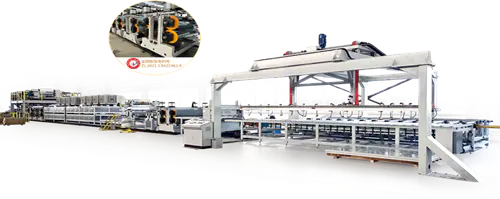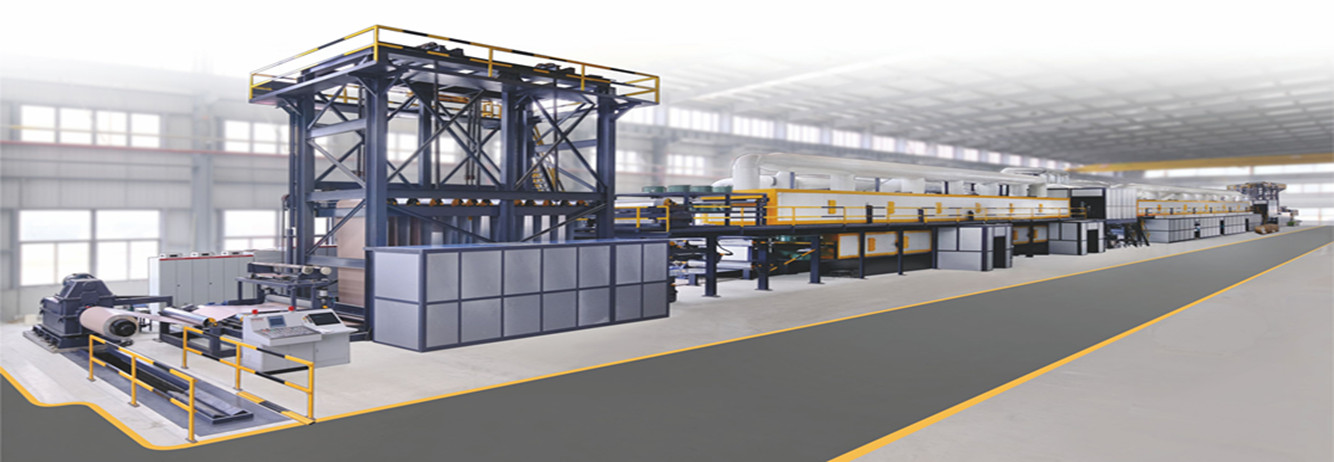Aluminum composite material engineering and aluminum coil products play an important role in modern construction and industrial applications. The strength and durability of aluminum coils determine not only the quality of finished products but also the safety and longevity of structures where they are applied. Understanding the main factors that influence aluminum coil strength can provide valuable insights for manufacturers, engineers, and end-users, ensuring that the materials meet performance expectations while remaining cost-effective.

Material Composition and Alloy Type
One of the primary factors affecting aluminum coil strength is the composition of the metal itself. Aluminum alloys are often enhanced with elements such as magnesium, silicon, or copper, which can modify properties like tensile strength, flexibility, and corrosion resistance. The specific combination and proportion of these elements directly influence how the coil behaves under stress. Material engineers select alloy types based on the intended application, balancing rigidity and malleability according to design requirements.
Production Process and Mechanical Treatment
The manufacturing process of aluminum coils significantly impacts their final strength. Techniques such as rolling, annealing, and heat treatment determine the internal grain structure of the metal. Cold rolling can increase hardness, while controlled heating can relieve internal stress and improve ductility. Precision in production ensures that aluminum coils maintain uniform thickness and consistent mechanical properties throughout the length of the coil. Any irregularities during rolling or coating may create weak points, potentially reducing performance under load.
Surface Coating and Finishing
Aluminum coil products are often coated for aesthetic or protective purposes. Color-coated aluminum coils, whether using PE or PVDF coatings, not only provide visual appeal but also influence surface durability. A well-applied coating can help resist corrosion and minor abrasions, indirectly supporting the mechanical strength of the aluminum base. In contrast, uneven or improperly cured coatings may contribute to surface weaknesses or localized stress points.
Core Structural Design in Composite Panels
For aluminum used in composite panels, such as honeycomb or hollow core designs, the internal structure plays a role in the overall strength. Aluminum composite material engineering ensures that the metal layers bond effectively with core materials, distributing loads evenly and preventing deformation. The adhesion quality between the aluminum coil surface and the composite core material is crucial, as poor bonding can compromise rigidity and impact resistance.
Environmental and Operational Factors
Even high-quality aluminum coils can experience variations in performance depending on environmental exposure. Factors such as temperature fluctuations, humidity, and chemical contact can influence the long-term strength of aluminum products. Proper handling, storage, and installation practices help preserve material integrity, reducing the risk of warping or weakening over time.
Consistency in Manufacturing and Quality Control
Uniformity in production, combined with strict quality management systems, is essential for maintaining strength standards. Testing protocols, including tensile strength measurements, bend tests, and surface inspections, allow manufacturers to identify deviations early and adjust processes. This approach supports predictable performance of aluminum coils across different batches and ensures that the end-users receive materials with dependable mechanical properties.
Aluminum coil strength is the result of multiple interconnected factors, ranging from alloy selection and production techniques to surface treatment and environmental conditions. By paying attention to these elements, engineers and manufacturers can provide aluminum products that meet functional requirements and contribute to durable, safe construction outcomes. Proper material engineering and consistent quality practices help maintain the performance of aluminum coil-based solutions across a variety of applications.

 中文简体
中文简体 English
English Português
Português русский
русский Español
Español عربى
عربى









